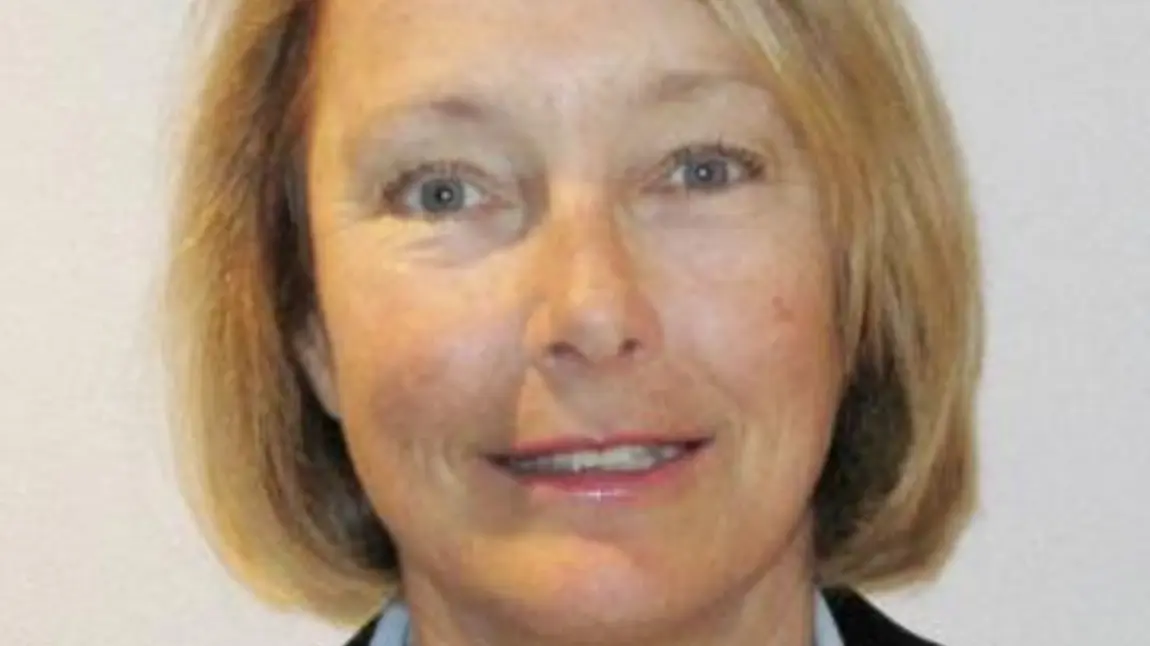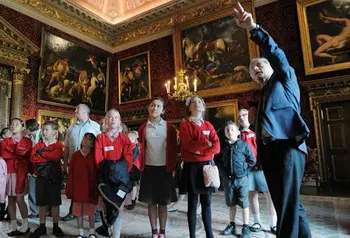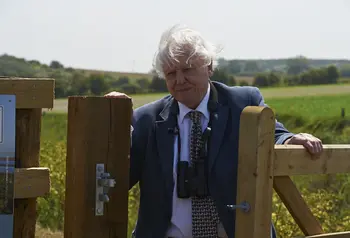Bugs, belfries, battlements and so much more...

Over the last six years, I have had the privilege of chairing the HLF Committee in the East of England. During that time I have worked with and met some amazing people who, like me, are passionate about heritage. I believe knowing about the past and learning from it informs our future.
Since HLF started in 1994, a vast array of projects have been carried out in the East of England - more than £370million to 3,300 projects across the whole spectrum of what heritage can mean. For example:
- Our funds have gone to large landscape partnerships. These have encouraged different organisations to work together to protect endangered species and to give access to more land under nature conservation protection. One of the first was the habitat restoration project in the Great Fen, while other projects vary from small village pond-dipping to funding RSPB Minsmere
- We have also supported museums in redisplaying and re-presenting their collections. For example, the Higgins Museum in Bedford developed creative methods of sharing its collections while redevelopment was being carried out by taking objects out to schools and communities
- And HLF can also be a catalyst for economic regeneration with its Townscape Heritage initiative, Heritage Enterprise, Parks for People and other grants. Great Yarmouth is a fantastic example of this: where whole areas of the town have started to change for the good, on the back of heritage
But looking back over my six years there are two areas of work that I would particularly like to highlight:
Young people and communities
So many projects in the East of England have involved young people, through their schools and through their communities.
- When we awarded a grant to fund the loan of the great Bed of Ware from the Victoria and Albert Museum to the Museum of Ware, we suggested that the project should set the target of getting each child in Hertfordshire to visit the bed during that year. What a great way of building pride in your own local heritage and community
- We also funded a grant to get as many Norfolk-based children as possible to visit the Houghton Revisited exhibition that came over from St Petersburg back to Houghton Hall. It was the first time the pictures were back in situ since they were sold to Russia – not only did the children see the wonderful pictures, but they could hear the stories of the great house, the people who lived there and how Catherine the Great bought the pictures when the family of Sir Robert Walpole fell on hard times. It is not just about the numbers of children involved – but inspiring the heritage champions of the future
- We also funded the Simon Aspinall Wildlife Education Centre at Cley Marshes for the Norfolk Wildlife Trust. It was great to see the young ambassadors speaking with Sir David Attenborough about the wildlife there and how they shared with adults the importance of looking after nature. These young people will be the custodians of the future
Places of worship
The East of England is particularly rich in churches as well as other places of worship; these historic buildings have been at heart of so many communities. Unfortunately many – some up to eight centuries old - need work done on them: the roofs leak, the masonry is crumbling and the drains are blocked.
During my time at HLF we have taken on the funding for the repairs for places of worship on from the-then English Heritage. It is important to us that we add value beyond the much-needed repairs to the buildings, and the HLF Grants for Places of Worship programme has bought many of these buildings back to life in their communities.
Just one example of this is All Saints Church in Darsham, Suffolk where the parochial church council received an award to re-roof the chancel, replace rainwater goods and carry out masonry repairs. The project included the installation of a new energy efficient and cost-effective heating system.
[quote]“It is not just about numbers of children involved – but inspiring the heritage champions of the future.”[/quote]
But the added value HLF gave was to ensure that more people were engaged with the heritage of the building. That has included a First World War-themed exhibition, poetry recital, lectures on church architecture and history, craft and art exhibitions and concerts. A new guidebook has been published as well as a children’s guide with a quiz and trail. A large interpretation board is now situated in the porch as a welcome for visitors.
The urgent structural repairs to the roof have made the building watertight and the promotion of activities and events through the Angels and Pinnacles website, supported by HLF, has resulted in a significant increase in visitors.
From being a cold, formal space used only on Sundays, the church and its heritage has become a vibrant social centre and a place of great interest to local people and to visitors from far and wide. Weekly teas are now being held throughout the year and are very well attended. These have greatly alleviated loneliness and depression with many people making new friends. All of this on the back of 'mending a roof'.
A fond farewell
In leaving HLF, I can say I am very proud of the great work that has been done by the knowledgeable and very experienced team of the committee and staff, in supporting these and so many other projects.
I look forward to hearing about their future plans for this wonderful region of the UK.


